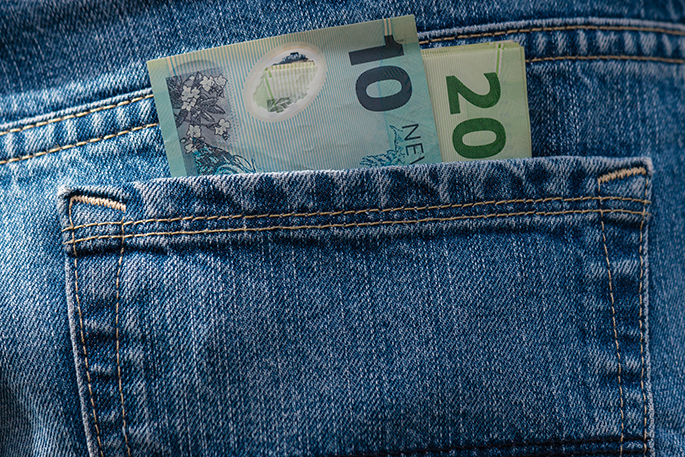Whakatāne district ratepayers will be pleased to hear they are no longer paying the third-highest average residential rates in the country – only the fifth highest.
New Zealand Taxpayers' Union, in collaboration with the Auckland Ratepayers' Alliance and the Tauranga Ratepayers' Alliance released its annual Ratepayers Report this week which ranks councils by how high their average rates are and makes comparisons across a range of factors such as staff and elected member remuneration and financial performance.
Out of New Zealand's 66 councils, only Waitaki District Council declined to provide rates figures for the report.
Whakatāne district featured third highest last year for average residential rates. This year, it has moved down the ranks by two places so now has the fifth highest residential rates, with the average residential rate being $3452 this year.
Though this is only $2.67 behind the next highest, Manawatu, it is still more than $200 behind Auckland, which is $3656.
However, Auckland being a unitary council, those ratepayers do not have to pay regional council rates on top of their city council rates.
Carterton, with an average rate of $3650, and Waimakariki, with $3572, are also higher than Whakatāne.
Whakatāne's average non-residential rate of $7780 is also above the national average of $6220.
Mayor Judy Turner says a number of factors contributed to the rating level.
These include the large geographical size of the district in comparison to the small number of rateable properties and the capital and operational expenditure required to maintain services and fund projects ratepayers had requested.
"Also, not every council provides the same services. For example, not every council funds rubbish collection."
The report also showed the council's staffing costs of $54 per household were well below the national average of $73 and remuneration for mayor, councillors and chief executive were also below national average.
Meanwhile, on the other end of the scale, Ōpōtiki district is listed as having the lowest residential rates in the country, at $1825.90.
Ōpōtiki is also fourth from the bottom of the scale for lowest non-residential rates, making it an attractive proposition for industry and other businesses.
Mayor Lyn Riesterer says the council always tried to do as much as possible with as little rates money as it could ask for, so she was pleased they were being recognised for that.
'Even though the rate rise was around six per cent this time around, that was all to do with compulsory extra costs of compliance, insurance and infrastructure materials. It's a rise of costs rather than us asking for an extra rate take to pay for any project.
'I've always thought that our rates are low, and I also believe that we do the best that we can to maintain that.”
Ōpōtiki was excluded from further analysis of council performance as, due to national staff shortages of auditors it has still not been able to publish its annual report for the 2020-21 financial year.
The picture looks more costly for Kawerau, which leads the country as having the highest average non-residential rates, at $36,714, compared to a national average of $6220.
This is due to the downward revaluation of the Norske Skog Tasman mill after it closed last year leaving New Zealand's smallest district, geographically, with a ratings shortfall of $1 million, the costs of which was mostly redistributed to other business and industrial ratepayers.
The town's residential rates picked up a much smaller percentage of the shortfall and are still among the lowest in the country, with just eight out of the 65 councils listed charging less.
Whakatāne and Kawerau were among only seven councils to meet the full criteria for prudent Audit and Risk Committees.
-Local Democracy Reporting is Public Interest Journalism funded through NZ On Air




0 comments
Leave a Comment
You must be logged in to make a comment.